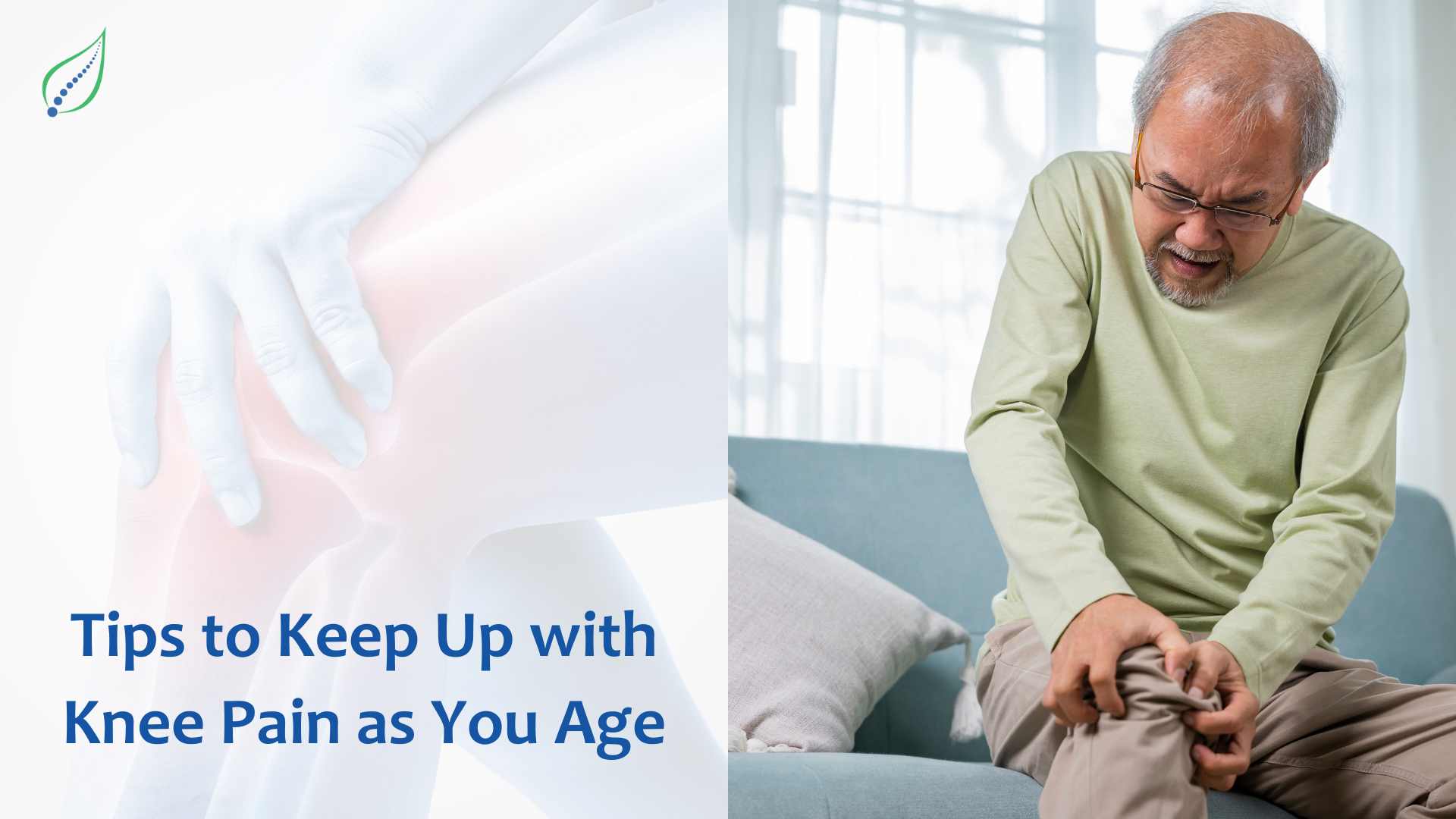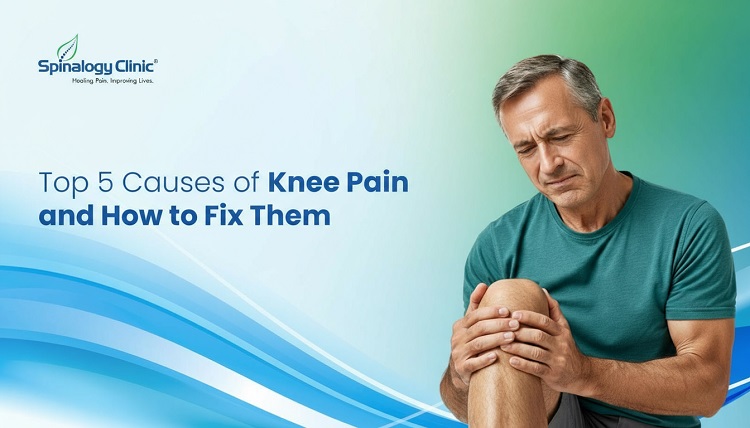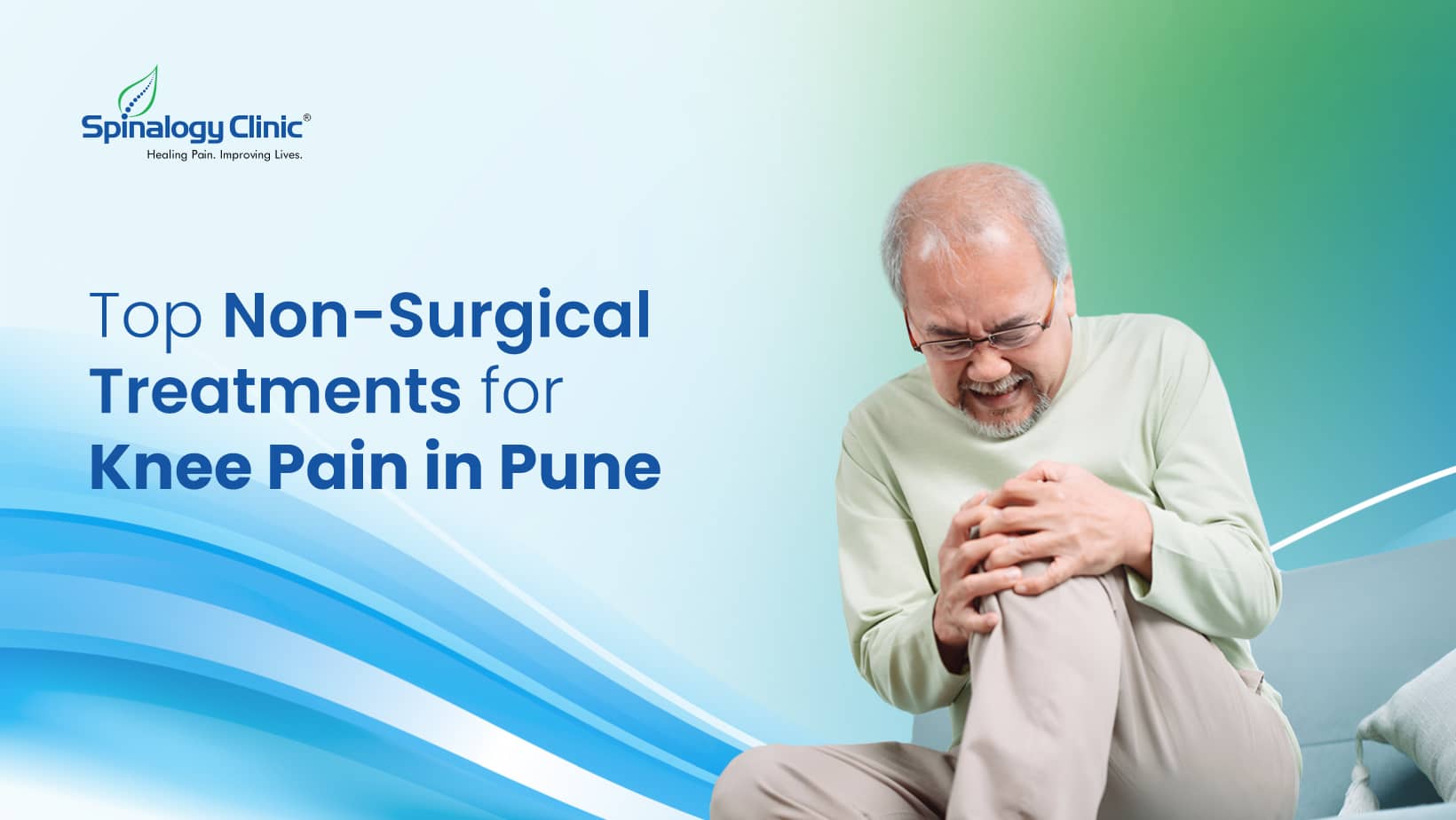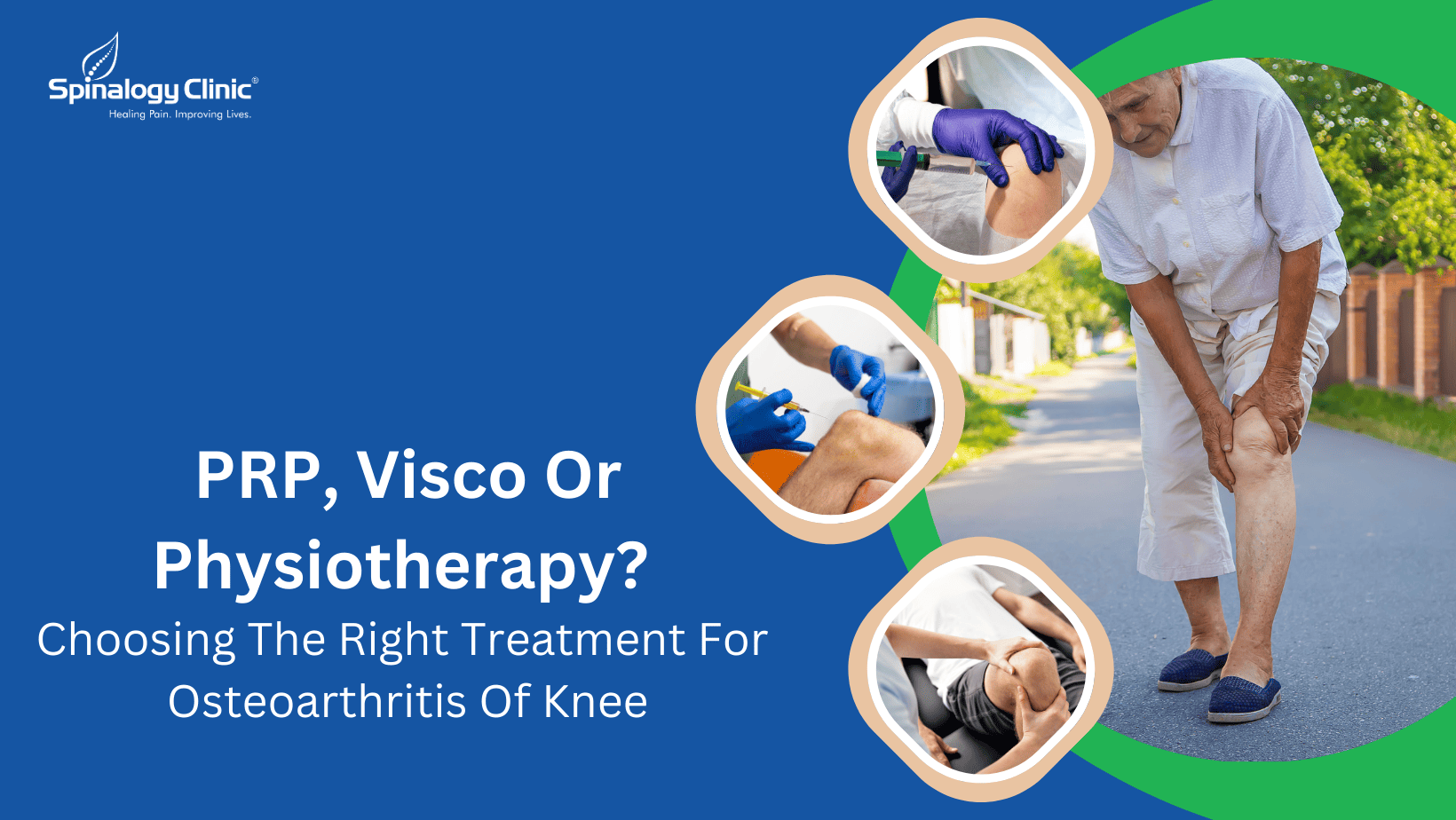Tips to Keep Up with Knee Pain as You Age
As we age, wear and tear on our knees can lead to pain and mobility issues. But there are many things you can do to manage knee pain and prevent it from interfering with an active lifestyle. Get informed about common causes of knee pain as you age. And implement lifestyle changes and targeted exercises to strengthen the joints and muscles supporting your knees.
Osteoarthritis is the most common cause of chronic knee pain in older adults. Over time, the cartilage cushioning the knee joints breaks down. This allows bone to rub against bone. Causing pain, stiffness, and swelling. Keeping a healthy weight reduces unnecessary pressure on knee cartilage.
Tendonitis or inflammation of tendons around the kneecap is another culprit. Repeated overuse through certain movements and sports can cause tendonitis flare-ups. Listen to warning signs from your body. And avoid activities that aggravate knee pain related to tendonitis.
Aging tendons lose elasticity and are more vulnerable to small tears or ruptures. Knee bursitis, an inflammation of the fluid-filled sacs cushioning joints, can also develop. Pay attention to pain localized to specific areas that may indicate tendonitis or bursitis. And adjust activities accordingly.
Fortunately, many tips and lifestyle tweaks can improve joint stability and strength around aging knees. Reducing pain in the process.
Weight Loss for Knee Pain Relief
Losing excess body weight reduces stress and compression on knee joints. It also lowers systemic inflammation related to arthritis. A 5 percent weight loss yields a 50 percent improvement in knee functionality for overweight women with osteoarthritis.
Choose Non Surgical Knee Pain Treatments In Pune
Dietary Approaches
Anti-inflammatory foods like fatty fish, green leafy vegetables, nuts, and olive oil may ease arthritis symptoms. Glucosamine and chondroitin supplements help rebuild cartilage to cushion knees.
Low-Impact Exercise
Low-impact aerobic exercise boosts endorphins and blood flow to nourish knee cartilage. Cycling, swimming, and water workouts avoid pounding painful joints. Always warm up beforehand by walking slowly for five to 10 minutes. Cool down gently with stretching afterward.
Strengthen Surrounding Muscles
Strong quadriceps, hamstrings, calves, and glutes better support knees. Isometric exercises like wall sits are gentle yet effective. Tai chi builds lower body strength through controlled motions. Avoid strain by starting slow and light. Build gradually over time.
Bracing and Support
Neoprene knee braces stabilize movement and compress areas to ease discomfort. Cushioned insoles reduce the force transmitted through feet, ankles, and knees. Shoe inserts get pressure off painful knees. Canes and walking poles redistribute weight from knees.
Heat and Cold Therapy
Cold packs ease sudden knee pain flare-ups and inflammation. Apply right after activity for 15 to 20 minutes several times a day. Heat pads and warm baths soothe chronic aches before exercise. Use caution with hot temperatures to avoid burns.
Massage
Gentle massage increases circulation and mobility around inflamed joints. Target outer thighs and calves that contain muscles attaching to knees. Be careful massaging directly over painful knees. Light stroking movements work best for sensitive areas.
Topical Pain Relief
Ointments with menthol, capsaicin, or salicylates lightly numb and warm skin to distract from knee arthritis. Apply creams containing NSAIDs that pass through the skin to reduce inflammation. Use oral medication as well for additive pain relief.
Proper Technique and Alignment
Practice correct form during strength training and cardio workouts. Prevent injury and undue knee strain. When cycling or using elliptical trainers, adjust seats and settings customized to your height and body. Stand with gentle knees bent, not locked out straight.
Healthy Weight Loss Takes Time
Gradual rate of weight loss allows knees to adjust without excessive pressure. Losing weight too abruptly stresses joints. Be patient for sustainable results long term.
Read Details on Knee Pain Causes Symptoms
Listen to Your Body
Pay attention to knee pain warning signals. Throbbing, stabbing, and grinding knees indicate time to rest and ice. Stop activity causing further damage before reaching severe pain levels. Give knees a break rather than pushing through intense discomfort.
Pace Yourself
On worse arthritis days, take it slower to avoid aggravating knees. Plan shorter activity spurts with frequent breaks to rest painful joints. It’s better to complete less than overexerting knees and being laid up for days recovering afterward. Adjust intensity levels based on how knees feel daily.
Talk to Your Doctor
Discuss options for managing knee problems early on rather than waiting until severe. Explore prescription anti-inflammatory drugs, lubricating injections, therapy referrals, or orthotics. Addressing issues proactively prevents worsening pain and disability long term.
Bottom Line
The key is gently strengthening knees, absorbing shock, and lowering excess pressure. Weight loss, supporting muscles/tendons, and anti-inflammatory lifestyle factors help reduce wear and tear. Pace activities based on symptoms while staying active. Listen to your body and discuss concerns with doctors. Manage knee pain proactively for comfortable aging!




